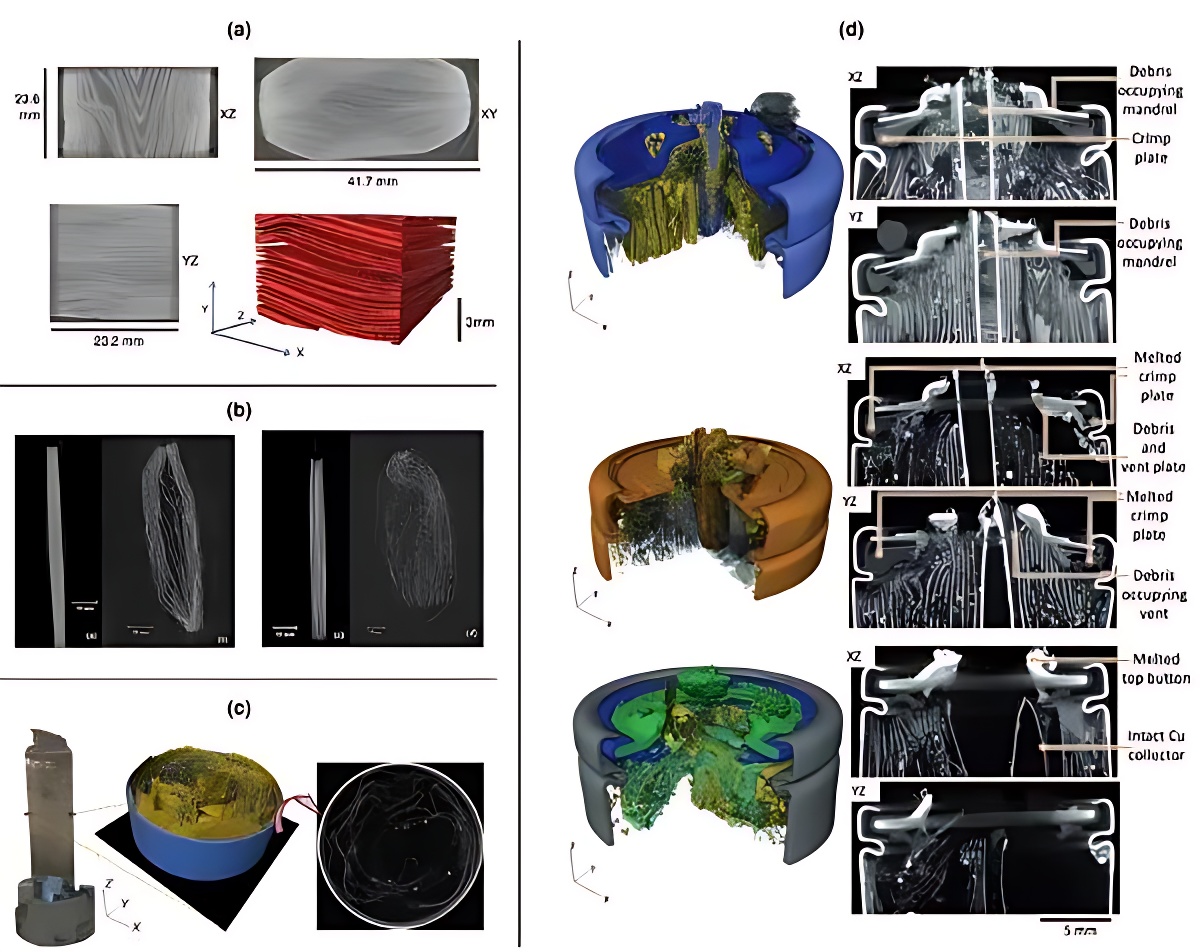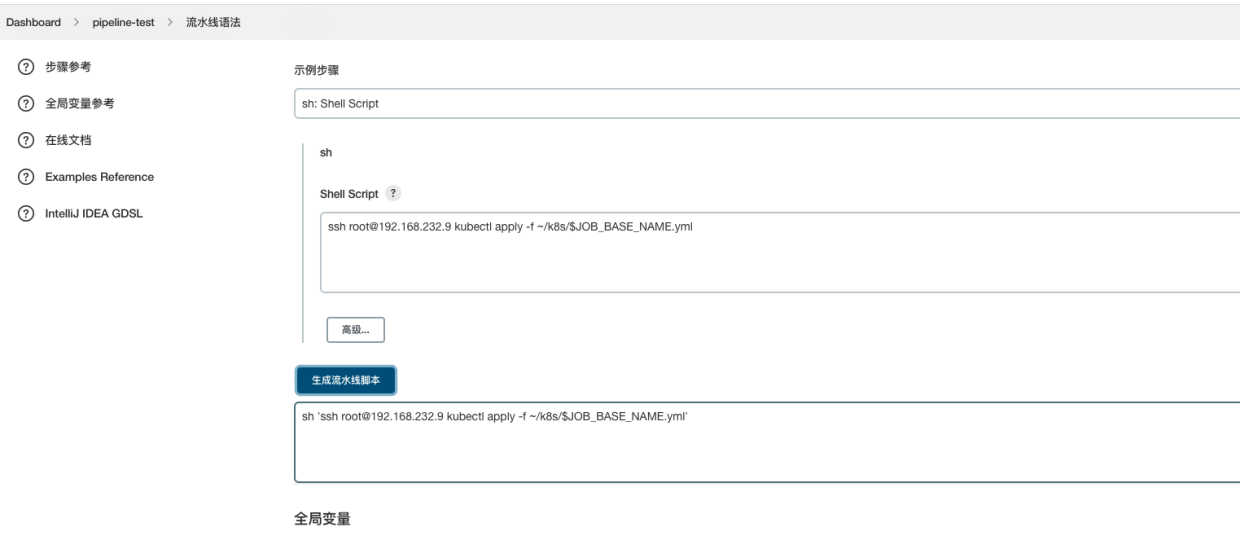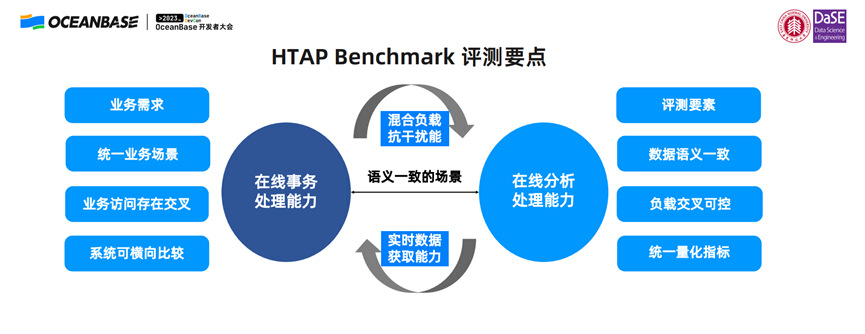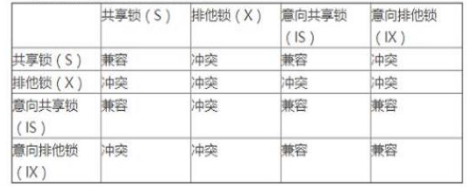前言
大家是否还在为动态权限申请感到苦恼呢?传统的动态权限申请需要在Activity中重写onRequestPermissionsResult方法来接收用户权限授予的结果。试想一下,你需要在一个子模块中申请权限,那得从这个模块所在的Activity的onRequestPermissionsResult中将结果一层层再传回到这个模块中,相当的麻烦,代码也相当冗余和不干净,逼死强迫症。
使用
为了解决这个痛点,我封装出了两个方法,用于随时随地快速的动态申请权限,我们先来看看我们的封装方法是如何调用的:
activity.requestPermission(Manifest.permission.CAMERA, onPermit = {
//申请权限成功 Do something
}, onDeny = { shouldShowCustomRequest ->
//申请权限失败 Do something
if (shouldShowCustomRequest) {
//用户选择了拒绝并且不在询问,此时应该使用自定义弹窗提醒用户授权(可选)
}
})
这样是不是非常的简单便捷?申请和结果回调都在一个方法内处理,并且支持随用随调。
方案
那么,这么方便好用的方法是怎么实现的呢?不知道小伙伴们在平时开发中有没有注意到过,当你调用startActivityForResult时,AS会提示你该方法已被弃用,点进去看会告诉你应该使用registerForActivityResult方法替代。没错,这就是androidx给我们提供的ActivityResult功能,并且这个功能不仅支持ActivityResult回调,还支持打开文档,拍摄照片,选择文件等各种各样的回调,同样也包括我们今天要说的权限申请
其实Android在官方文档 请求运行时权限 中就已经将其作为动态权限申请的推荐方法了,如下示例代码所示:
val requestPermissionLauncher =
registerForActivityResult(RequestPermission()
) { isGranted: Boolean ->
if (isGranted) {
// Permission is granted. Continue the action or workflow in your
// app.
} else {
// Explain to the user that the feature is unavailable because the
// feature requires a permission that the user has denied. At the
// same time, respect the user's decision. Don't link to system
// settings in an effort to convince the user to change their
// decision.
}
}
when {
ContextCompat.checkSelfPermission(
CONTEXT,
Manifest.permission.REQUESTED_PERMISSION
) == PackageManager.PERMISSION_GRANTED -> {
// You can use the API that requires the permission.
}
shouldShowRequestPermissionRationale(...) -> {
// In an educational UI, explain to the user why your app requires this
// permission for a specific feature to behave as expected, and what
// features are disabled if it's declined. In this UI, include a
// "cancel" or "no thanks" button that lets the user continue
// using your app without granting the permission.
showInContextUI(...)
}
else -> {
// You can directly ask for the permission.
// The registered ActivityResultCallback gets the result of this request.
requestPermissionLauncher.launch(
Manifest.permission.REQUESTED_PERMISSION)
}
}
说到这里,可能有小伙伴要质疑我了:“官方文档里都写明了的东西,你还特地写一遍,还起了这么个标题,是不是在水文章?!”
莫急,如果你遵照以上方法这么写的话,在实际调用的时候会直接发生崩溃:
java.lang.IllegalStateException:
LifecycleOwner Activity is attempting to register while current state is RESUMED.
LifecycleOwners must call register before they are STARTED.
这段报错很明显的告诉我们,我们的注册工作必须要在Activity声明周期STARTED之前进行(也就是onCreate时和onStart完成前),但这样我们就必须要事先注册好所有可能会用到的权限,没办法做到随时随地有需要时再申请权限了,有办法解决这个问题吗?答案是肯定的。
如需完整版Android进阶文件 请点击免费领取
绕过生命周期检测
想解决这个问题,我们必须要知道问题的成因,让我们带着问题进到源码中一探究竟:
public final <I, O> ActivityResultLauncher<I> registerForActivityResult(
@NonNull ActivityResultContract<I, O> contract,
@NonNull ActivityResultCallback<O> callback) {
return registerForActivityResult(contract, mActivityResultRegistry, callback);
}
public final <I, O> ActivityResultLauncher<I> registerForActivityResult(
@NonNull final ActivityResultContract<I, O> contract,
@NonNull final ActivityResultRegistry registry,
@NonNull final ActivityResultCallback<O> callback) {
return registry.register(
"activity_rq#" + mNextLocalRequestCode.getAndIncrement(), this, contract, callback);
}
public final <I, O> ActivityResultLauncher<I> register(
@NonNull final String key,
@NonNull final LifecycleOwner lifecycleOwner,
@NonNull final ActivityResultContract<I, O> contract,
@NonNull final ActivityResultCallback<O> callback) {
Lifecycle lifecycle = lifecycleOwner.getLifecycle();
if (lifecycle.getCurrentState().isAtLeast(Lifecycle.State.STARTED)) {
throw new IllegalStateException("LifecycleOwner " + lifecycleOwner + " is "
+ "attempting to register while current state is "
+ lifecycle.getCurrentState() + ". LifecycleOwners must call register before "
+ "they are STARTED.");
}
registerKey(key);
LifecycleContainer lifecycleContainer = mKeyToLifecycleContainers.get(key);
if (lifecycleContainer == null) {
lifecycleContainer = new LifecycleContainer(lifecycle);
}
LifecycleEventObserver observer = new LifecycleEventObserver() { ... };
lifecycleContainer.addObserver(observer);
mKeyToLifecycleContainers.put(key, lifecycleContainer);
return new ActivityResultLauncher<I>() { ... };
}
我们可以发现,registerForActivityResult实际上就是调用了ComponentActivity内部成员变量的mActivityResultRegistry.register方法,而在这个方法的一开头就检查了当前Activity的生命周期,如果生命周期位于STARTED后则直接抛出异常,那我们该如何绕过这个限制呢?
其实在register方法的下面就有一个同名重载方法,这个方法并没有做生命周期的检测:
public final <I, O> ActivityResultLauncher<I> register(
@NonNull final String key,
@NonNull final ActivityResultContract<I, O> contract,
@NonNull final ActivityResultCallback<O> callback) {
registerKey(key);
mKeyToCallback.put(key, new CallbackAndContract<>(callback, contract));
if (mParsedPendingResults.containsKey(key)) {
@SuppressWarnings("unchecked")
final O parsedPendingResult = (O) mParsedPendingResults.get(key);
mParsedPendingResults.remove(key);
callback.onActivityResult(parsedPendingResult);
}
final ActivityResult pendingResult = mPendingResults.getParcelable(key);
if (pendingResult != null) {
mPendingResults.remove(key);
callback.onActivityResult(contract.parseResult(
pendingResult.getResultCode(),
pendingResult.getData()));
}
return new ActivityResultLauncher<I>() { ... };
}
找到这个方法就简单了,我们将registerForActivityResult方法调用替换成activityResultRegistry.register调用就可以了
当然,我们还需要注意一些小细节,检查生命周期的register方法同时也会注册生命周期回调,当Activity被销毁时会将我们注册的ActivityResult回调移除,我们也需要给我们封装的方法加上这个逻辑,最终实现就如下所示。
最终实现
private val nextLocalRequestCode = AtomicInteger()
private val nextKey: String
get() = "activity_rq#${nextLocalRequestCode.getAndIncrement()}"
fun ComponentActivity.requestPermission(
permission: String,
onPermit: () -> Unit,
onDeny: (shouldShowCustomRequest: Boolean) -> Unit
) {
if (ContextCompat.checkSelfPermission(this, permission) == PackageManager.PERMISSION_GRANTED) {
onPermit()
return
}
var launcher by Delegates.notNull<ActivityResultLauncher<String>>()
launcher = activityResultRegistry.register(
nextKey,
ActivityResultContracts.RequestPermission()
) { result ->
if (result) {
onPermit()
} else {
onDeny(!ActivityCompat.shouldShowRequestPermissionRationale(this, permission))
}
launcher.unregister()
}
lifecycle.addObserver(object : LifecycleEventObserver {
override fun onStateChanged(source: LifecycleOwner, event: Lifecycle.Event) {
if (event == Lifecycle.Event.ON_DESTROY) {
launcher.unregister()
lifecycle.removeObserver(this)
}
}
})
launcher.launch(permission)
}
fun ComponentActivity.requestPermissions(
permissions: Array<String>,
onPermit: () -> Unit,
onDeny: (shouldShowCustomRequest: Boolean) -> Unit
) {
var hasPermissions = true
for (permission in permissions) {
if (ContextCompat.checkSelfPermission(
this,
permission
) != PackageManager.PERMISSION_GRANTED
) {
hasPermissions = false
break
}
}
if (hasPermissions) {
onPermit()
return
}
var launcher by Delegates.notNull<ActivityResultLauncher<Array<String>>>()
launcher = activityResultRegistry.register(
nextKey,
ActivityResultContracts.RequestMultiplePermissions()
) { result ->
var allAllow = true
for (allow in result.values) {
if (!allow) {
allAllow = false
break
}
}
if (allAllow) {
onPermit()
} else {
var shouldShowCustomRequest = false
for (permission in permissions) {
if (!ActivityCompat.shouldShowRequestPermissionRationale(this, permission)) {
shouldShowCustomRequest = true
break
}
}
onDeny(shouldShowCustomRequest)
}
launcher.unregister()
}
lifecycle.addObserver(object : LifecycleEventObserver {
override fun onStateChanged(source: LifecycleOwner, event: Lifecycle.Event) {
if (event == Lifecycle.Event.ON_DESTROY) {
launcher.unregister()
lifecycle.removeObserver(this)
}
}
})
launcher.launch(permissions)
}
总结
其实很多实用技巧本质上都是很简单的,但没有接触过就很难想到,我将我的开发经验分享给大家,希望能帮助到大家。





